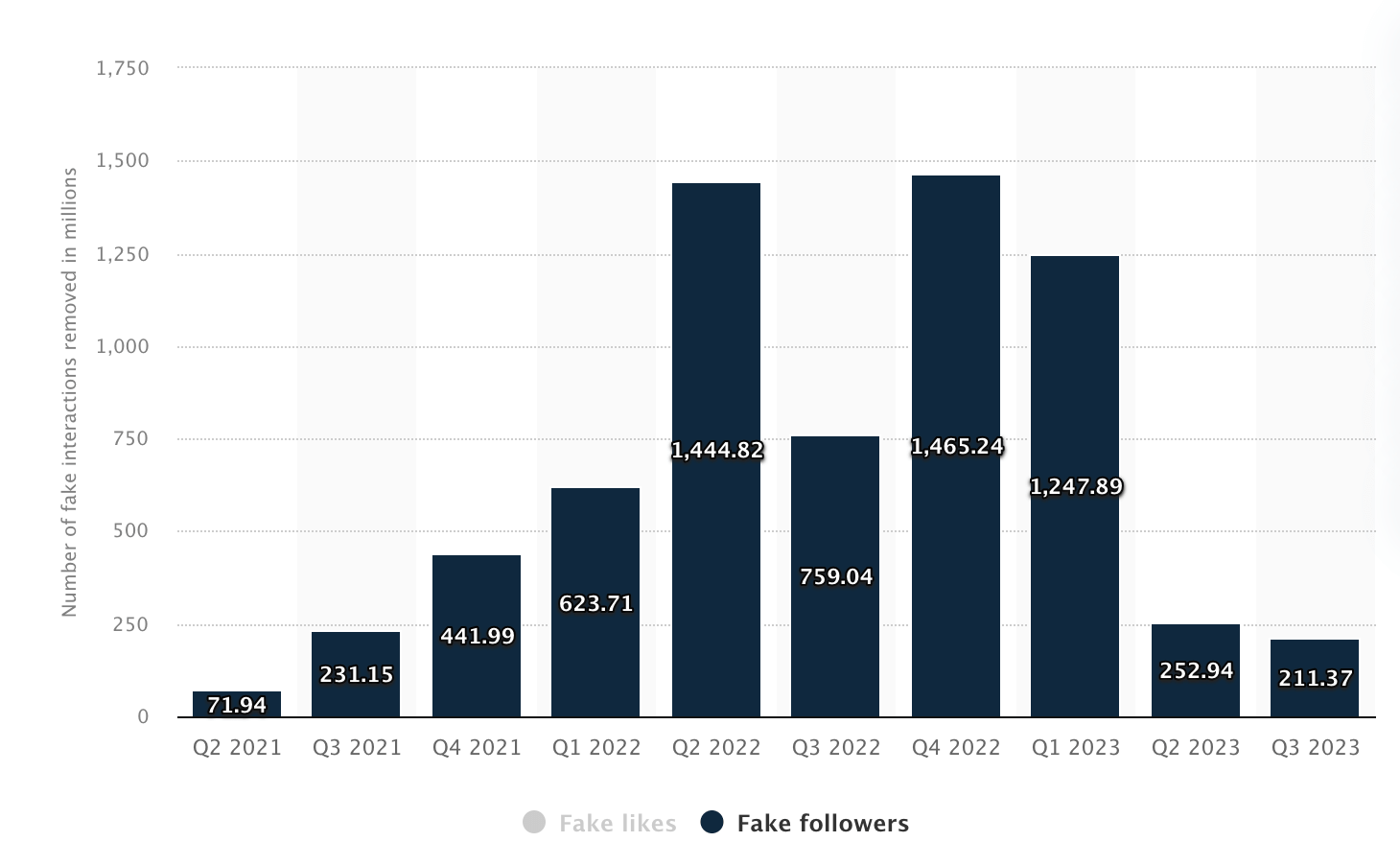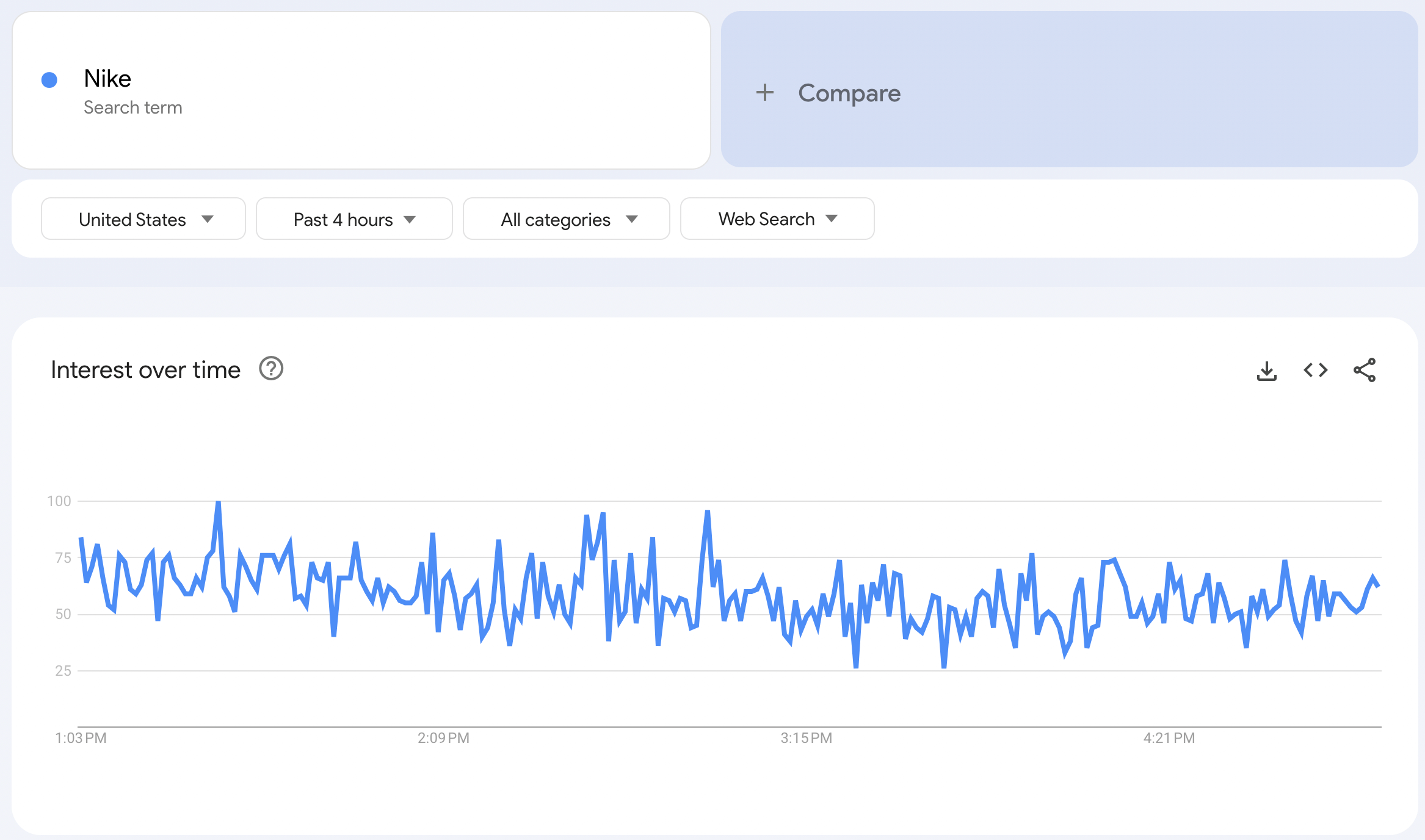
12 Mar Influencer Marketing Metrics: 10 Key Metrics to Track Performance
Hey there, fellow marketer! Wondering if influencer marketing is worth it? You’ve come to the right place.
In 2024, spotting an influential content creator isn’t hard at all. There are approximately 3.2 to 37.8 million of them active across various social media platforms like YouTube, Instagram, and TikTok. [1] Moreover, contacting one has never been simpler, thanks to the abundant influencer outreach tools available in the market.
Yet, even with these opportunities at hand, many startups and even some of the most veteran advertisers still end up losing quite a lot of money annually. Why? Because they’re not keeping a close eye on how well their campaigns are performing.
That’s where this guide comes in to save you from making those costly mistakes. In this piece, you’ll discover 10 essential influencer marketing metrics that are game-changers for your strategy and decision-making. Plus, we’ve got some smart tips on how to track your success better, helping you stand out online. So, without wasting any more time, let’s get started!
What Exactly Are Influencer Marketing Metrics?
Before getting into our list, let’s first clarify the technical term at hand.
Influencer marketing metrics are quantifiable data points used to evaluate the performance of the overall initiative. These indicators, ranging from post reach to engagement rate, provide a snapshot of how well the content creator’s material resonates with your target audience. But it’s not just about numbers; these metrics also offer insights into what customers like and how to optimize future campaigns.
Imagine sailing a ship without a map or the necessary navigational tools. You might have a general direction, but without precise instruments, finding your destination is left to chance. The same applies to influencer marketing. Without metrics, you’re navigating blind in a sea of content, unable to measure progress or adjust strategies effectively.
The Importance of Tracking Influencer Performance
In terms of process flow, measuring results is the final but most vital part of the campaign. It helps determine which social media creators to retain and what the budget for your next initiative should be. Moreover, by tracking performance, valuable insights are gleaned that inform decision-making and enhance influencer marketing ROI.
But even though it’s the last step, the foundation for effective measurement is laid while crafting the influencer marketing strategy. It all starts with defining your objectives. Based on these goals, you can then prioritize which metrics to focus on.
A common mistake that many marketers tend to make is attempting to hit all the targets simultaneously. This approach is impractical and often leads to achieving none. Instead, even while examining the 10 metrics discussed in this article, it is best to concentrate on only one or two at a time to track success.
10 Metrics to Measure During an Influencer Marketing Campaign
Alright, let’s dive straight into the heart of influencer marketing metrics. Here are the top 10 you simply can’t ignore:
1. Follower Engagement
Let’s kick things off with follower engagement, a critical yet often overlooked metric. One of the main reasons many enterprises miss the mark on this front is their tendency to focus on quantity over quality. While it may seem appealing to have a profile with a large follower base promoting your product, it’s essential to pay attention to more than just numbers.
Nowadays, many influencers artificially boost their follower counts through unethical means, and there are even websites where followers can be purchased for as little as $100. Fortunately, platforms are starting to address this issue. For example, TikTok removed over 211 million fake followers from the network in the third quarter of 2023. [3]
Hence, as a business owner investing significant resources into content production and delivering products to influencers, it’s crucial to assess whether people are truly engaging with the promotional posts. You can accomplish this by calculating the engagement rate, which involves dividing the total number of engagements (likes, comments, shares, and saves) by the total number of followers and then multiplying by 100 to derive a percentage.
| Engagement Rate = (Total Engagements per Post / Total Followers) × 100 |
A high value indicates content that not only captures attention but also sparks active participation from the audience. Additionally, if you’re interested in learning more about detecting fake followers, be sure to check out our guide on the top influencer analytics tools for strategic growth.
2. Profile Follower Growth
Moving on, let’s discuss profile follower growth. This metric provides insights into the number of individuals who have started following your firm’s social media page as a result of the collaboration. The ultimate aim of partnering with an online personality is to expand your brand’s reach by attracting their highly engaged audience as long-term followers, ensuring they stay informed about your offerings and new product launches.
Similar to engagement, profile follower growth is measured as a percentage. If the overall result falls short of expectations, there could be various factors contributing to this outcome. For example, the post might not have been persuasive enough to connect with viewers or clearly communicate your product or service’s value. Additionally, timing could have played a role, leading to poor visibility and engagement.
| Follower Growth Rate = (New Followers During Campaign / Followers at Campaign Start) × 100 |
3. Brand Mentions
Another must-track metric is brand mentions. After people discover your product through an online personality’s post or story, they may talk about it or recommend it to others. These organic mentions serve as valuable indicators of the campaign’s effectiveness in generating word-of-mouth buzz and fostering engagement beyond the initial influencer promotion.
While there isn’t a direct formula for measuring mentions, there are convenient software options available, such as Brand24 and Brandwatch, that are capable of conducting in-depth internet scans. These social listening solutions display information in user-friendly dashboards with data filters based on the volume, sentiment, and context of mentions, assisting companies in identifying areas for development.
However, successful use of these technologies takes time and experience. This is where hiring an influencer marketing agency comes in handy, as they not only have the essential skills but also act as an extension of your team, providing expert advice and guidance.
4. Branded Search Volume
Next, let’s talk about consumer searches directly related to your business or trademarked product name. By monitoring the branded search volume shortly after launching a campaign, you can gauge whether people are actively looking for you using your business name. Essentially, this indicates that the audience has absorbed the message conveyed by the content creator and is now interested in your services, trying to contact you, or perhaps considering making an immediate purchase.
Sites like Google Trends and Google Analytics can help you track this successfully. These tools are completely free and extremely user-friendly. For example, using Google Trends, you can simply enter your company name and analyze searches on an hourly, daily, or weekly basis.
A rise in queries implies positive engagement. Conversely, if searches remain stable or fall, it shows that the initiative did not function as intended. In such cases, adjustments can be made by requesting the influencer to include your website address in the post description or incorporate the business logo and name into the content.
5. Website Page Visits
Now, let’s take a look at website page visits – a direct indicator of the effectiveness of your influencer marketing campaign in funneling potential customers to your website. More specifically, a rise in traffic following an influencer’s promotion signifies successful audience engagement and interest conversion, while stagnant or declining numbers may prompt a review of the content or the call-to-action clarity. Enhancing your landing pages to ensure they resonate with the content creator’s followers can also improve conversion rates, turning visitors into leads or sales.
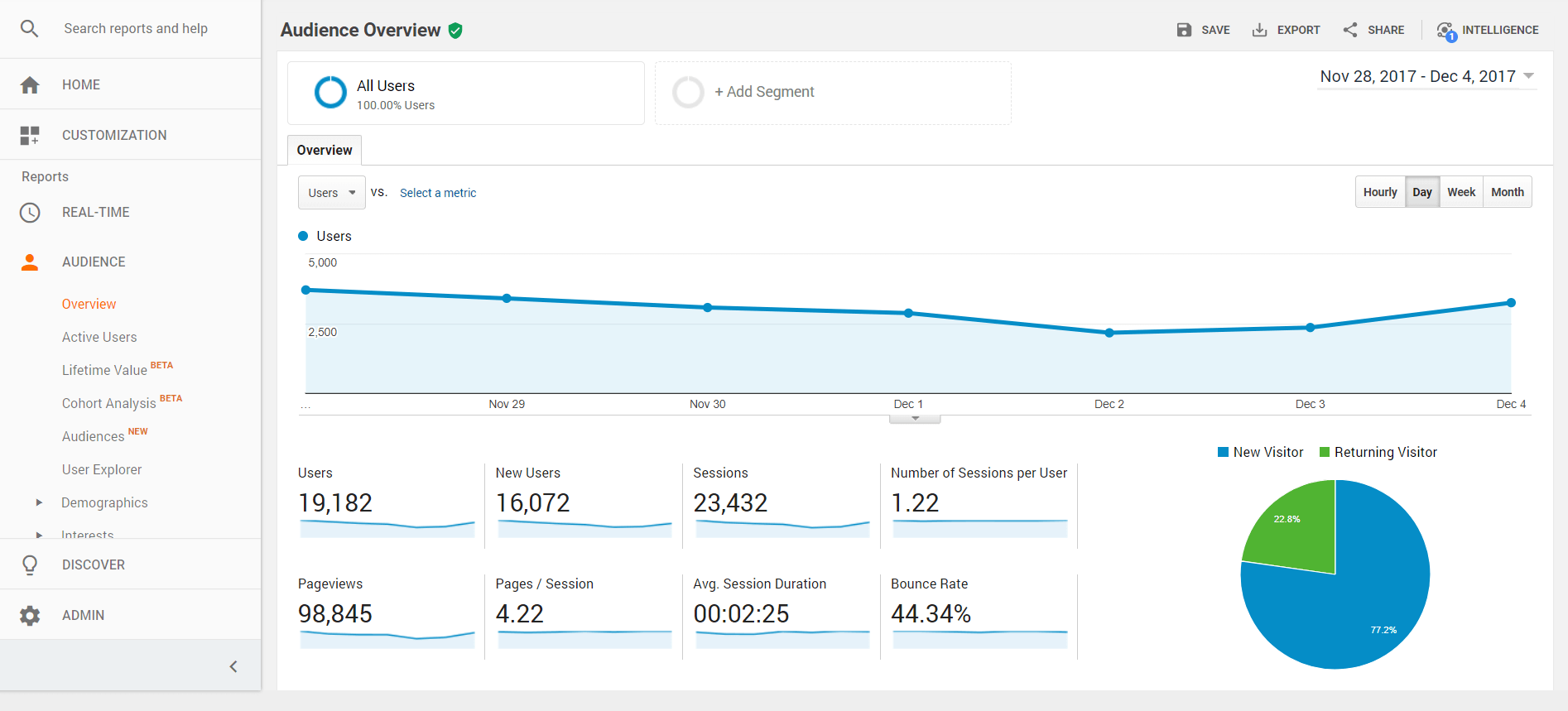 To accurately measure this, you can set up tracking with Google Analytics or similar web analytics tools by implementing UTM (Urchin Tracking Module) parameters on the URLs shared by content creators. This method allows you to pinpoint the exact source of your traffic, distinguishing between visitors coming from influencer campaigns and those from other channels.
To accurately measure this, you can set up tracking with Google Analytics or similar web analytics tools by implementing UTM (Urchin Tracking Module) parameters on the URLs shared by content creators. This method allows you to pinpoint the exact source of your traffic, distinguishing between visitors coming from influencer campaigns and those from other channels.
6. Average Deal Size
Next up, we have average deal size, a metric that offers insights into the alignment between your product and both the market and the chosen promotional channels. It illuminates the effectiveness of promotional initiatives in not just attracting customers but also in convincing them of the value proposition enough to make substantial purchases.
To accurately gauge the impact of influencer marketing on this metric, businesses should compare the average transaction value before and after the campaign. An increase in the average deal size suggests that the content creator’s audience is not only interested in your offerings but is also willing to invest more in them.
| Average Deal Size = Total Revenue From Influenced Customers / Number of Transactions by Influenced Customers |
7. Leads Generated
Generating leads is an important objective for many influencer marketing campaigns, especially for businesses focused on building a pipeline for sales or newsletter subscriptions. This metric quantifies the effectiveness of your initiative in converting audience interest into actionable leads, such as sign-ups, registrations, or inquiries.
To track leads, employ dedicated landing pages or unique promo codes exclusive to each digital creator. This enables precise attribution of leads to specific campaign activities. Additionally, integrating CRM (Customer Relationship Management) tools like Promoty and Storyclash can automate the tracking process, providing a clear view of the campaign’s impact on lead generation.
8. Sales Velocity
Not all campaigns are primarily designed to generate new leads. Some should focus on accelerating prospects already in your marketing funnel. For instance, a social media celebrity’s extra credibility may often speed up sales that would otherwise take a lengthy time to finish. And that’s precisely what this metric evaluates – how quickly your products or services are flying off the shelves during the collaboration.
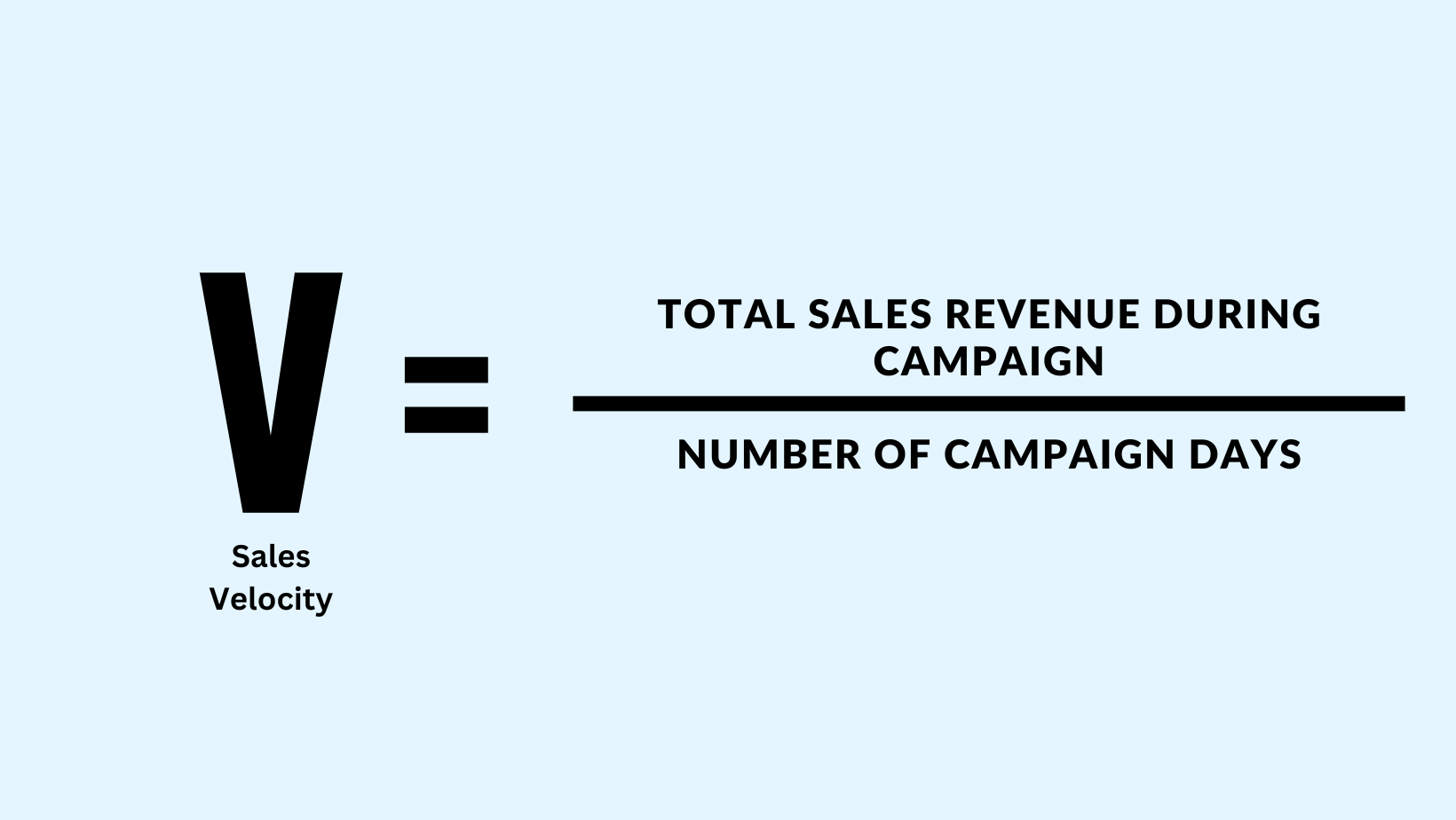 To calculate it, you’ll want to blend the number of deals closed with the average deal size and divide by the length of the sales cycle. For influencer campaigns, you can simplify this by comparing the rate of sales during the campaign period to a similar period without influencer promotion.
To calculate it, you’ll want to blend the number of deals closed with the average deal size and divide by the length of the sales cycle. For influencer campaigns, you can simplify this by comparing the rate of sales during the campaign period to a similar period without influencer promotion.
| Sales Velocity = Total Sales Revenue During Campaign / Number of Campaign Days |
9. Customer Acquisition Cost (CAC)
Moving on, we have customer acquisition cost or CAC. It helps you understand the financial investment required to gain a new customer through the campaign. Additionally, it provides insights into profitability and scalability.
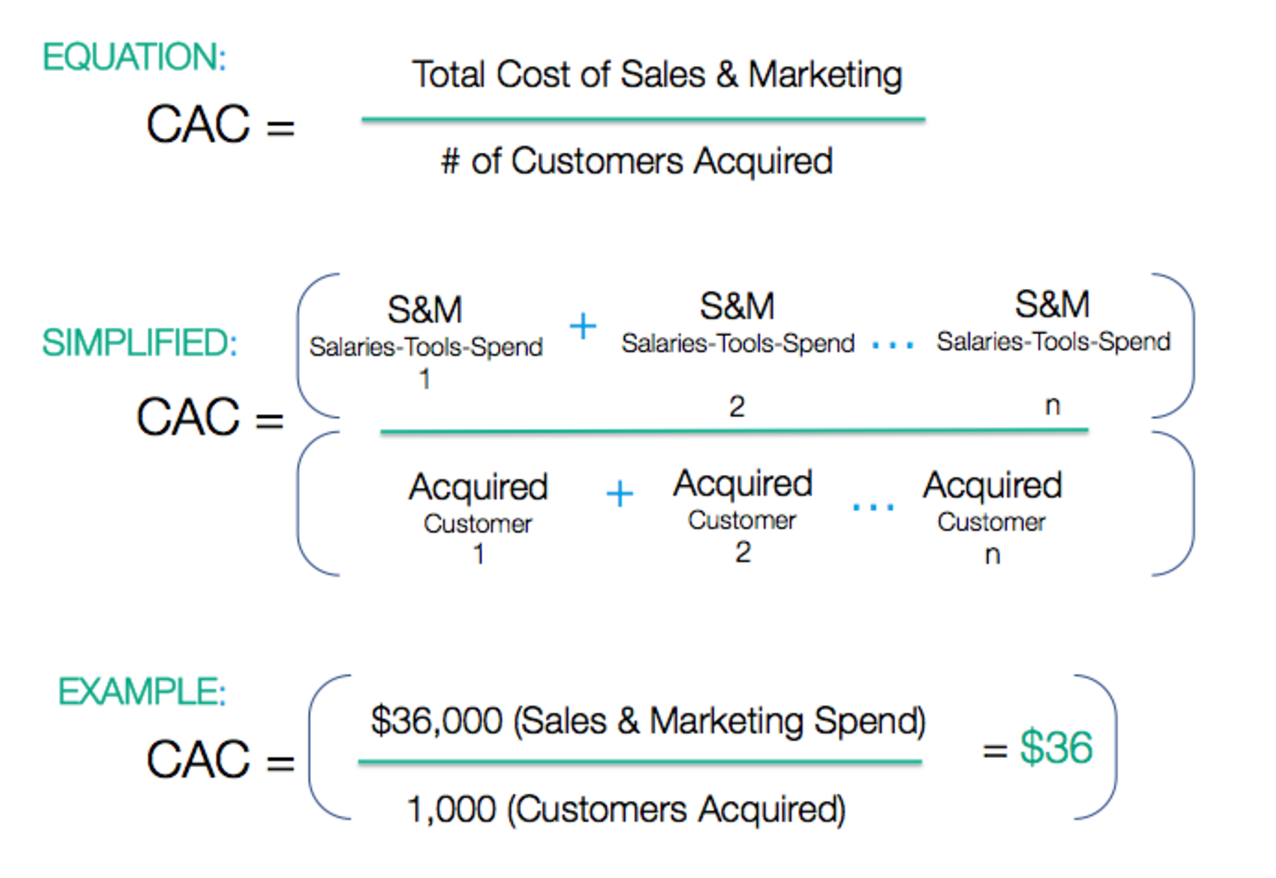 To calculate CAC, divide the total costs associated with the influencer campaign (including influencer fees, production costs, and any additional marketing expenses) by the number of new customers acquired as a result of the collaboration.
To calculate CAC, divide the total costs associated with the influencer campaign (including influencer fees, production costs, and any additional marketing expenses) by the number of new customers acquired as a result of the collaboration.
| Customer Acquisition Cost = Total Campaign Cost / Number of New Customers Acquired |
A lower CAC indicates a high return on investment, showing that the influencer marketing campaign is a cost-effective strategy for customer acquisition. Conversely, a high CAC may signal the need for campaign optimization or reevaluation of the influencer partnership to ensure financial sustainability.
10. Brand Sentiment
Influencer marketing, with its personalized touch and genuine appeal, possesses a unique capability to positively influence brand sentiment, unlike other marketing channels. To gauge shifts in brand sentiment, marketers have an array of tools at their disposal. Focus groups remain a time-honored method, providing valuable qualitative insights. This approach involves assessing the perceptions of individuals not exposed to the campaign (control group) in comparison to those who have engaged with the influencer’s content.
For marketers seeking rapid and cost-effective alternatives, modern technology offers different solutions. For instance, advanced tools and natural language processing (NLP) algorithms can automate this analysis, providing a scalable method to track brand sentiment across various digital platforms. Examples include Locobuzz and Qualtrics XM Platform.
Elevate Your Strategy With Our Comprehensive Performance Tracking Services
Feeling overwhelmed by all the industry lingo? Don’t fret! At The Influencer Marketing Factory, simplifying your journey is our top priority. Our vibrant team, boasting over 40+ specialists in digital marketing, media relations, and campaign execution, is dedicated to guiding you from A to Z in your influencer marketing endeavors.
Whether it’s setting clear goals for your brand, choosing the ideal influencers, or tracking performance, we’re here for you. Our expertise spans across all the key platforms, including TikTok, Instagram, and YouTube.
Our mission? To make sure you can relax, knowing your campaign is in capable hands.
We’ve had the privilege of working with some pretty amazing brands out there, like Hasbro, Google, and Amazon. And we’re not the only ones who think we’re doing a great job; we’ve been recognized with a bunch of awards and a stellar five-star rating on Glassdoor. It’s all thanks to our dedication to being the best at what we do.
Still unsure? Let’s take a look at some of our noteworthy case studies:
- With the help of Edward Zo, a big name on TikTok, we got over 35,600 people clicking through to learn more about Evercalm Rescue Mask by Ren Skincare, boosting the brand’s profile and sales.
- We also worked with 6 TikTok stars in the US, having a combined reach of 42.8 million followers for the #VisitKoreaFromHome campaign. Their creative videos caught the attention of over 42,826,500 viewers.
Kickstart your influencer journey now
Partner with The Influencer Marketing Factory to leverage our extensive network of premium influencers. Streamline your campaign management from inception to conclusion, and attract your desired audience with compelling and engaging content.
Conclusion
In the dynamic world of influencer marketing, mastering the art of performance tracking is key to unlocking unparalleled brand growth and engagement. By diligently applying the metrics outlined in this guide, brands can refine their strategies for maximum impact. Consider the expertise of The Influencer Marketing Factory to navigate these waters smoothly, ensuring your influencer collaborations deliver not just visibility but real, measurable results.


